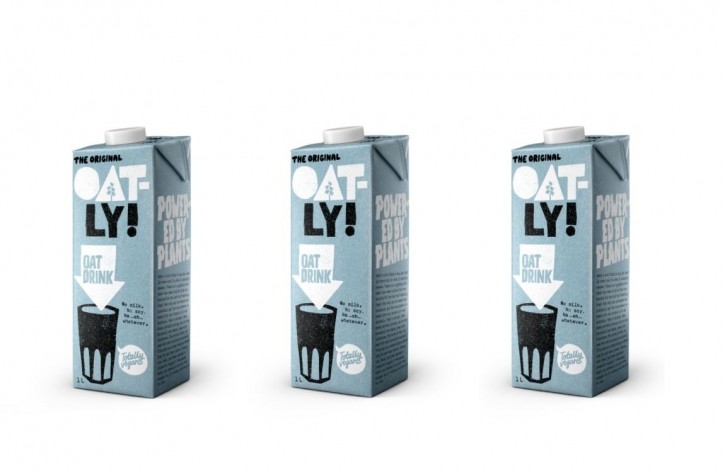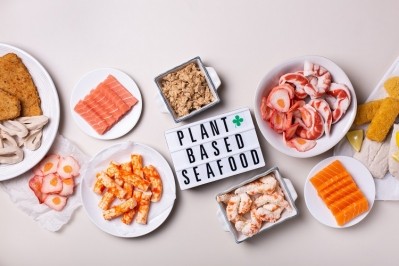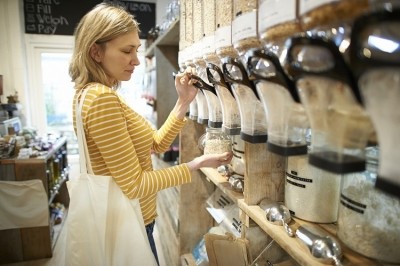How Oatly is winning in Asia’s growing dairy market

Plant-based milks have swiftly infiltrated consumers’ cupboards, fridges, coffee orders and more for the best part of a decade with seemingly little effort. Oatly has loudly promoted itself as the category champion in the UK, but its move in China has given it cause for celebration.
Founded in the 1990s by Swedish Brothers, the brand has had its share of controversy and difficulty, from investor backlash, claims of misleading assertions, ads being banned and collapsing shares.
But its five-year mission to dominate in China appears to have been carried out with relative ease. This is especially poignant as dairy imports to the country dropped 12% last year to 2.6m tonnes, according to the UK’s Agriculture and Horticulture Development Board. However, in the same year domestic milk production rose 4.6% to 41m tonnes, up 28% on 2019 levels.
So, Oatly’s success could be symptomatic of a gap in the market – possibly one with space and time for other brands to exploit.
China’s dairy alternative market is set to reach $5.18bn in 2024, growing at a CAGR of over 9% to $8bn by 2029, Mordor Intelligence suggests. The soymilk market reached ¥11.37bn, the largest within the milk-alt category there and is followed by walnut and coconut with respective values of ¥10.98bn and ¥10.62bn, according to Statista.
How much oat milk is sold in China
Oat milk, however, sits at the bottom of the dairy milk alternatives sales list at less than ¥1bn. And while Oatly would not reveal its China sales, it says enough of its product was sold to make the equivalent of one billion lattes between 2018 and 2023.
So what’s behind Oatly’s success in China and how will it move to protect its gains against other foreign and domestic brands?
China’s dairy milk alternative sales by value:
- ¥11.37bn – soy
- ¥10.98bn – walnut
- ¥10.62bn – coconut
- ¥4.02bn – almond
- ¥1.53bn – blended
- ¥1.18bn – other plant-based milks
- ¥0.96bn – oat
“In Europe and the US, Oatly has been pitted against the milk industry as a ‘milk challenger’,” says a spokesperson for the business. “But in China, Oatly is actually positioned alongside dairy in order to cater to consumers’ positive perceptions of milk.”
The brand did this by using the burgeoning café culture in China’s biggest cities as a launchpad to avoid it being seen as a “foreign soy milk” Oatly China. In retail, however, the it did suffer a short identity crisis through being “unclear which product category Oatly belonged to”, causing difficulties of where to place it in supermarkets and online.
One solution was to create a “new plant protein” category, which was sold to China’s largest B2C ecommerce platform Tmall. “Oatly sold out its stock of 5,000 cartons within 11 minutes [of going live]," Oatly China says.
A good start, but to expand the business knew it would have to be amenable to cultural differences, values and meanings in the market. It made links between its traditional Swedish concepts to those similar in China, including ‘less is more’, ‘just right’ and ‘sustainable development’.
How big is China’s alternative protein market?
But that's just the beginning. Oatly operates in a small part of China’s dairy and alternative milk market. One that is currently bottom of the pile. So, its business strategy will focus on driving Chinese consumers away from cow milk and into plant-based alternatives “for the sake of the planet”, Oatly China says.
“Today, food and drink account for one-third of the global greenhouse gas emissions, with animal-based products accounting for more than half. By increasing the intake of plant-based food, the climate impact of the food system could be reduced,” it continues.
“A broader consumer base can be tapped into beyond those we have already reached,” the business says. “The whole market continues to expand. The challenge of shifting from a ‘niche’ to ‘daily’ means increasing the consumer base and its diverse needs. Still, at the same time, it is an opportunity for Oatly to maintain keen market insights and create R&D capabilities to meet the diversified needs of the public.”
The wider opportunity for plant-based within China, according to the business, is ripe for growth. Oat milk, Oatly China claims, has spearheaded the emergence of a new plant-based track, “which has now diversified in numerous ways”.
Whether it is Oatly’s influence or not, the plant-based market in China is migrating from niche status to daily. “A broader consumer base can be tapped into beyond those we have already reached," said Oatly China. “The whole market continues to expand.”
In fact, China’s meat substitute market is valued at $2.37bn, with expectations of 10.76% annual growth to 2029, according to Statista.
















